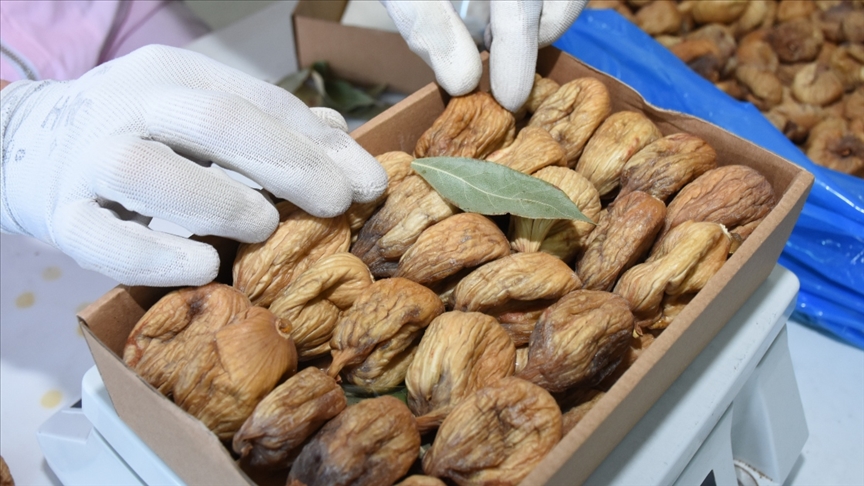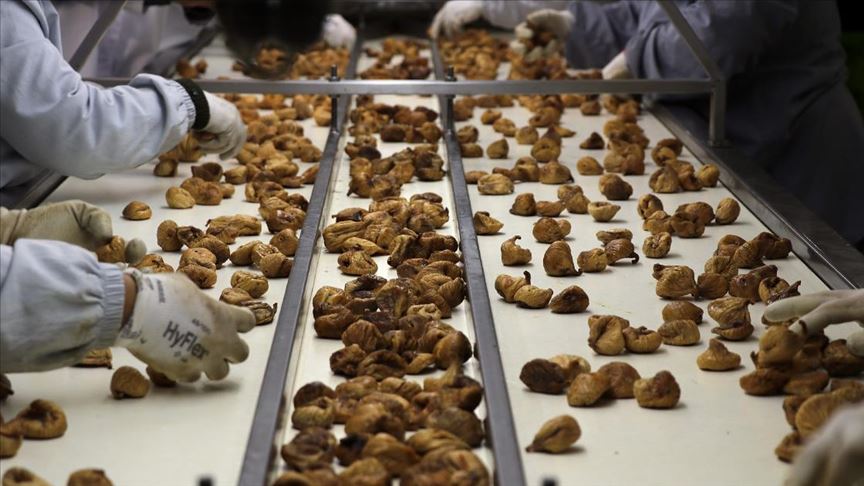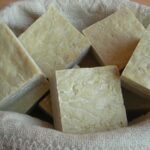Figs are one of the first cultivated fruits. Its homeland is Anatolia, which is the territory of Turkey today. Before that, it started to grow in Syria and Palestine. After that, production started in China and India. When we examine the world dried fig production data, Turkey ranks first with a share of approximately 47%. As of 2016, Iran, USA and Greece come after our country, respectively.
Fig Production in Turkey
Figs are the typical fruit of the Mediterranean coast. It has found the most suitable environmental conditions in terms of growth in the Büyük and Küçük Menderes Basins in the Aegean Region. It showed the greatest diversity of varieties in these regions. Especially İzmir and Aydın are the most important production regions. Figs produced outside the Aegean region are mostly consumed fresh. Most of the figs produced in the Aegean Region are also consumed as dried figs. According to the 2015 data of the Turkish Statistical Institute, there are a total of 10.7 million fig trees in Turkey, 9.7 million of which bear fruit.
The amount of fresh figs obtained from these trees varies between 205 and 300 thousand tons per year. Although many fig varieties grown in Turkey, especially the fig variety called “Yellow Lop”. It is one of the most suitable species for drying in the world, with its size, taste, meatiness, light color, and softshell. The most important production area of this fig variety in our country is around İzmir and Aydın. More than 90% of our country’s fig production made up of the Yellow Lop variety. After picking, fresh figs dry on wooden or metal pillows or cardboard boats under the sun for 2–4 days. With the drying process, the storage time of the fig increases. In addition, the nutritional value increases. Fresh figs contain about 12% sugar. After drying, the sugar content rises to 50%.
Using of the Dried Fig
Dried Fig exporters subject the figs they buy to processes such as washing, cleaning, and handling under UV light for aflatoxin control against product deterioration before processing them in the facilities. Dried figs are special among foodstuffs with their high caloric value, mineral, and nutritional content. Moreover, there is a wide variety of consumption areas. Dried figs are a snack in international markets. It also used in the manufacture of cakes, in the manufacture of various dishes, in the manufacture of sliced bread, in the manufacture of sugary products, and fruit mixtures. Molasses is produced from those whose direct consumption is not preferred, and ethyl alcohol is made from scrap figs. During the production of ethyl alcohol, fig seeds are also used in the paint, cosmetics, and pharmaceutical industries.
Foreign Trade
Our country also in the first place in the world dried fig export. Turkey meets about 65% of world exports. Other important exporting countries in the dried fig sector are Iran, Spain, the USA, and Greece. When the data on our country’s dried fig exports examined, it observed that France and Germany are the most important importers. The share of these two countries in total imports is 28%. The USA, England, and Italy follow these countries. The percentage of the European Union in our total dried fig exports is 51%, and our other most important markets are America and the Far East. However, within the scope of market diversification activities, especially for the Far East, the share of the European Union, which is our traditional export market, has a decreasing trend.
Source: Republic of Turkey Ministry of Economy Export Directorate
On the other hand, in parallel with the increasingly sensitive consumer preferences, there is an increasing demand for dried figs in Turkey and the world. Significant increases observed for dried figs in the overseas markets during the Christmas period and in the domestic market during the Ramadan and Ashura months. Our dried fig exporters mostly located in the Aegean region, and these companies also interested in the trade of dried figs and other dried fruit products.













